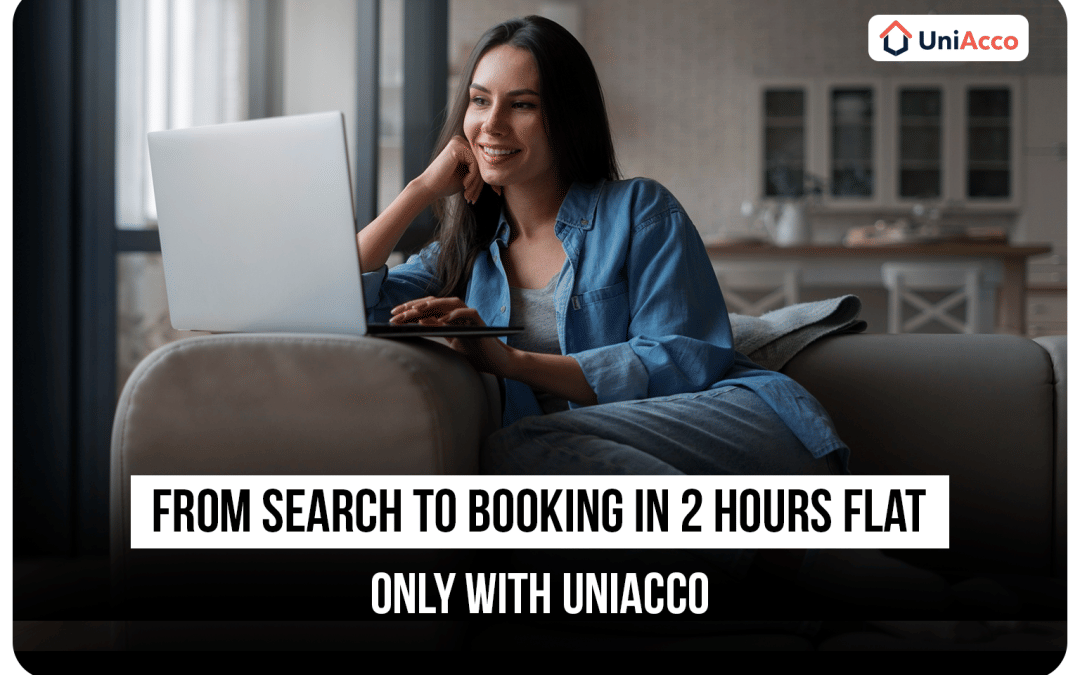What Is A Simile?

\A simile is the most common form of comparison. It’s one of the oldest and most important literary devices. Similes are used to add colour, flavour, and tone to your writing. They’re also useful for making comparisons between unlike things that would otherwise be difficult to explain: “She was as beautiful as a flower.” Almost everyone has used a simile in conversation at some point. This is one of the most often used figures of speech that has entered our everyday vocabulary, whether intentionally or unintentionally. For those preparing for competitive exams like the IELTS, GRE, TOEFL, etc., understanding various similes can be helpful. This blog will give you an overview of what a simile is. What is the meaning of a simile? And examples of similes in sentences.
What is the meaning of Simile?
A simile is a figure of speech in which two, unlike things, are explicitly compared. The comparison is made by using “like” or “as,” and the two things being compared are often called the simile’s “members.” A simile can be used to make an idea clearer, more interesting, or more vivid. For example: “I felt like I was drowning in the ocean.” That means the author feels as though he is drowning in the ocean. The emphasis is on drowning. “The sun was shining like a spotlight.” This comparison of the sun to a spotlight, which is typically used to draw attention, is an illustration of a simile. If we use the same example in a sentence, it will be “The sun was shining like a spotlight so brightly that I couldn’t even see my own shadow.”
Some more examples of similes are…
– The air was as thick as soup. (thick)
– He was as fast as lightning. (fast)
– She painted her nails like an artist paints her canvas. (like/as)
Examples Of Simile
Now that you are familiar with what a simile is and the meaning of a simile, let’s look at some examples of similes. If you want to make it interesting, you can also try framing your sentences from the list of examples given below.
Some examples of similes using ‘as’
- As busy as a bee: Someone who is very busy and active.
I have been as busy as a bee all day doing my spring-cleaning
- As blind as a bat: When someone cannot see very well.
She’s blind as a bat without her glasses
- As bright as a button: When you refer to someone as being clever.
Rehan got a job at Google. Bright as a button, that guy!
- As clear as mud: Used to describe something that is difficult to understand.
We gave up reading the computer handbook since it was as clear as mud.
- As cool as a cucumber: Used to describe someone who does not get easily stressed out.
Amidst all the wedding chaos my sister was as cool as a cucumber.
Some Examples Of Similes Using ‘Like’
- Like a red rag to a bull: Doing something that provokes someone or makes them very angry.
“It was like a red rag to a bull when Savi heard Niraj say that men should be paid more than women.
- Like chalk and cheese: When two people/things are exact opposites.
I don’t understand how Rohan and Abhijeet are thick friends. Those two are like chalk and cheese!
- Like two peas in a pod: Meaning that two people are very similar to each other in either character, appearance, or both.
Aditi and Rohini are like two peas in a pod. They enjoy doing all sorts of activities together.
- Mad as a hatter: Referred to someone who is completely insane or crazy.
Yesterday, Dave stepped outside in just his shorts during a snowstorm. That man is as mad as a hatter!
- Like a fish out of water: A person in a completely unfamiliar environment or situation.
Using the computer for the first time, Suman felt like a fish out of water
Easy Simile Examples
- As innocent as a lamb
- As tough as nails
- As shiny as a new pin
- As white as a ghost
- As light as a feather
- As sweet as sugar
- As tall as a giraffe
- As hard as nails
- As cute as a kitten
- As bold as brass
- As happy as a clam
- As black as coal
- As big as an elephant
- As black as coal
- As boring as watching paint dry
- As brave as a lion.
- As cunning as a fox
- As dead as a doornail
- As deaf as a post
- As dull as dishwater
Conclusion
The main goal of using similes is to enhance writing skills and produce a distinct image of what we want the reader to visualise. Whether you are a writer, poet, author, teacher, or student, using similes can prove to add value to your text, and learning about similes will help you improve your written communication.
FAQs
Q1. What is a simile and examples?
Ans: A simile is a figure of speech that compares two different things using the words “like” or “as” to show similarity. For example, “Her smile is as bright as the sun” or “He runs like a cheetah.”
Q2. What is called simile?
Ans: A simile is a word or phrase that compares one thing to another using “like” or “as.” It helps create vivid descriptions, such as “face like a mask” or “white as snow.” Similes use these words to show similarities between two different things.
Q3. What is the difference between simile and metaphor?
Ans: The main difference between a simile and a metaphor is that a simile uses “like” or “as” to make a comparison, while a metaphor directly equates two different things without using “like” or “as.”
Q4. How do you write a simile?
Ans: To write a simile, think of two unrelated things or concepts and use “like” or “as” to compare them. For example, “Her voice is like honey” or “The city lights shimmered like stars in the night sky.”
Thank you for reading this blog. If you’d like to read more, here are some blogs that may be of interest to you –















0 Comments